Facts about royal families through the centuries
Welcome to the enchanting world of royal families, where history, tradition, and intrigue intertwine to create a tapestry of regal splendor. From the grand palaces of Europe to the ancient dynasties of Asia, monarchies have fascinated and captivated us for centuries. But what is it about these royal figures that continues to draw our curiosity? Perhaps it’s the allure of their extravagant lifestyles, or the dramatic stories that unfold behind palace walls. Whatever the reason, the world of royalty offers a unique glimpse into a past filled with power, politics, and prestige.
The Origins of Royalty: How Monarchies Began
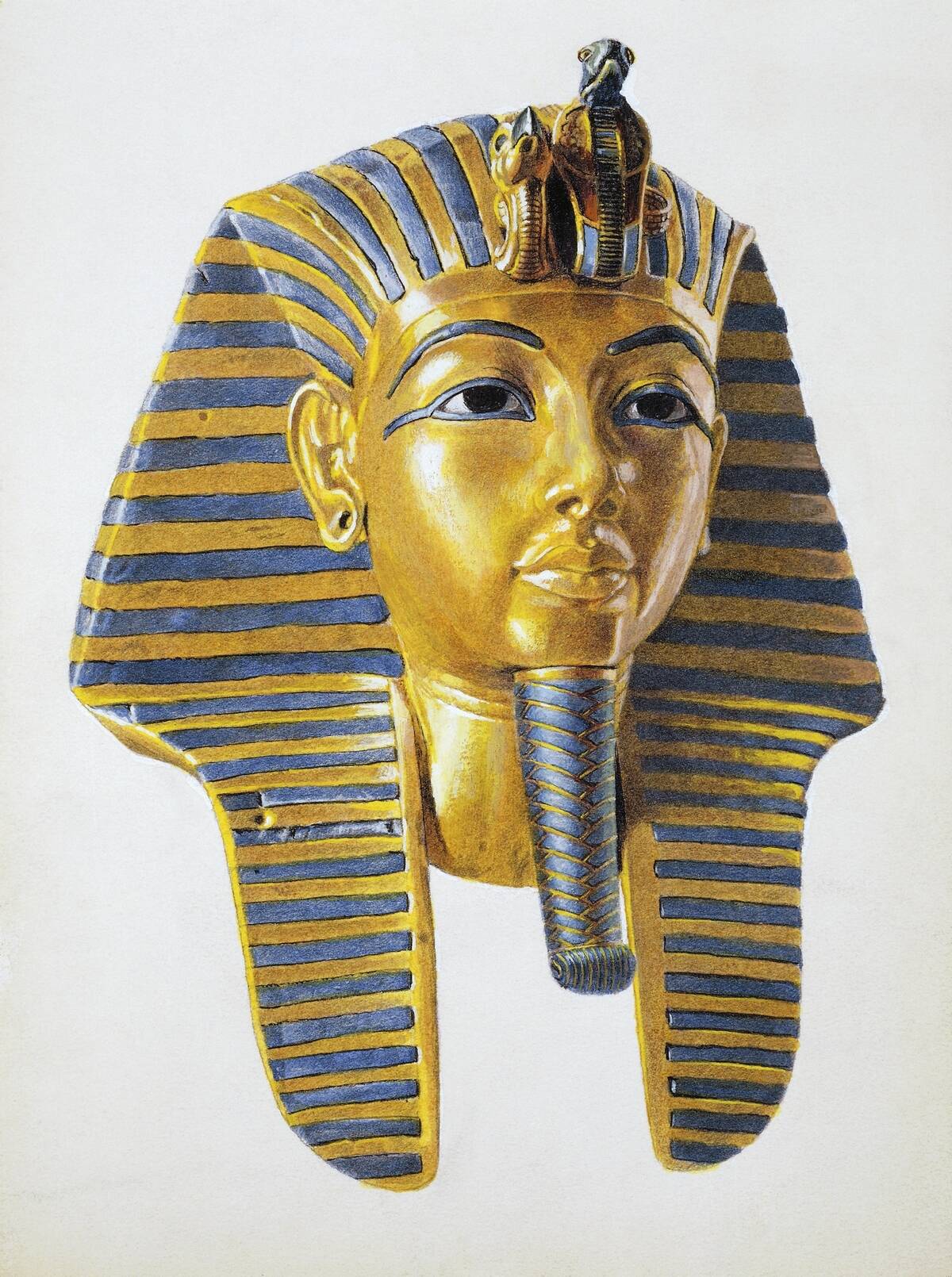
The concept of monarchy dates back thousands of years, with early civilizations recognizing the need for centralized leadership. In ancient Egypt, pharaohs were considered divine rulers, believed to be the earthly embodiment of gods. Similarly, in Mesopotamia, kings were seen as chosen by the gods to maintain order and justice. Over time, monarchies evolved, adapting to the cultural and political landscapes of their regions. In Europe, the idea of hereditary rule became prevalent, with dynasties establishing long-lasting legacies. These early forms of monarchy laid the foundation for the royal institutions we recognize today.
Divine Right or Human Rule? The Theories Behind Kingship
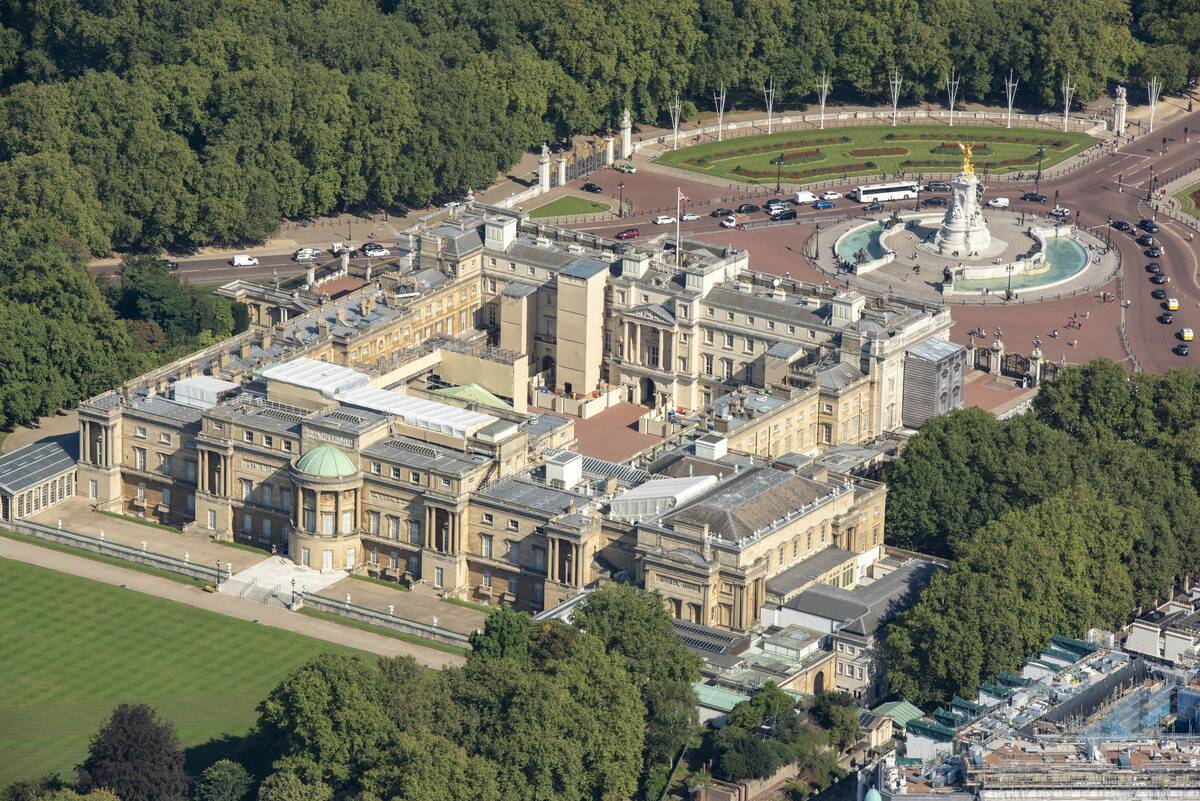
Throughout history, different theories have emerged to justify the rule of monarchs. The divine right of kings, a doctrine popular in early modern Europe, held that monarchs were appointed by God and thus accountable only to Him. This belief granted kings absolute authority and often discouraged any form of dissent. Conversely, some cultures embraced the notion of human rule, where monarchs were expected to uphold the social contract with their subjects. In these societies, rulers were seen as stewards of the people, tasked with ensuring their welfare and prosperity. Both theories have shaped the perception of monarchy across cultures.
Crowns, Thrones, and Coronations: The Symbols of Royalty
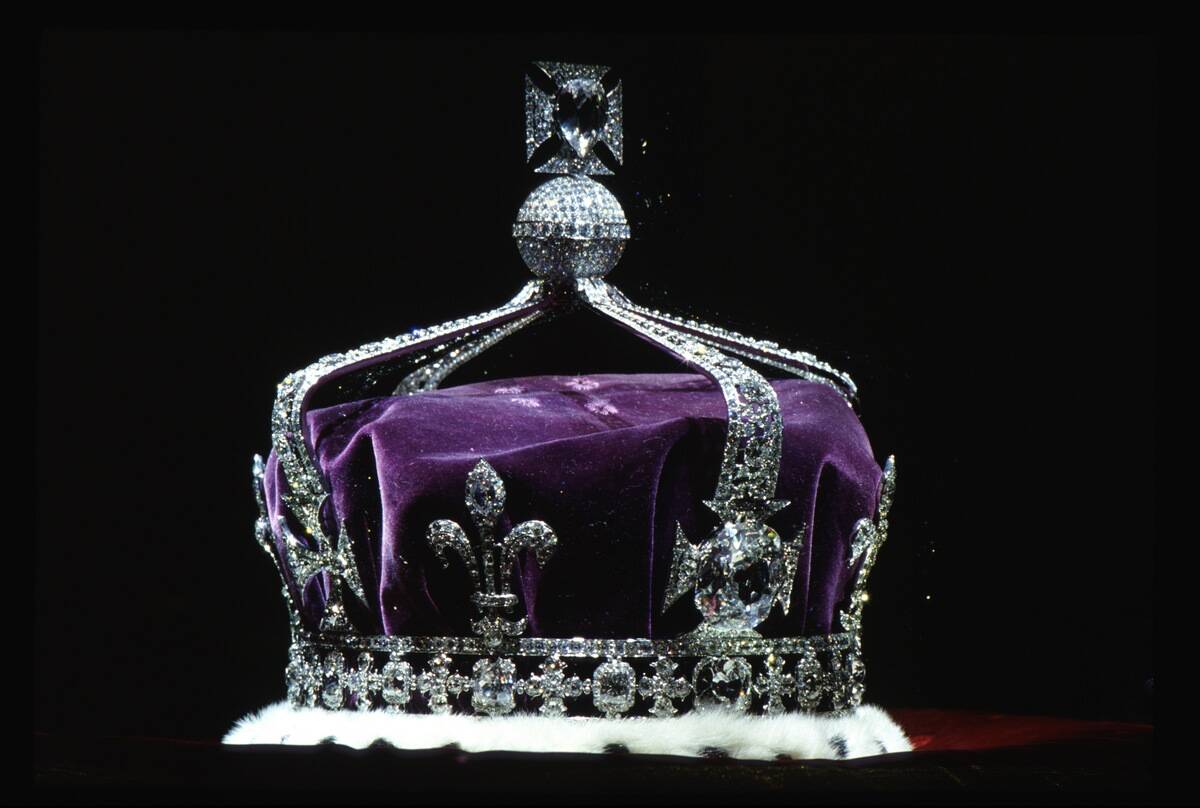
Royal symbols such as crowns, thrones, and coronations have long been associated with the power and authority of monarchs. Crowns, often adorned with precious gems and metals, represent sovereignty and divine sanction. The British Imperial State Crown, for instance, is encrusted with over 2,800 diamonds. Thrones, on the other hand, are physical manifestations of a ruler’s seat of power. The iconic Peacock Throne of India, made in the 17th century, was a testament to the opulence of the Mughal emperors. Coronations are elaborate ceremonies marking the formal investiture of a monarch, steeped in tradition and ritual.
The Most Influential Queens in History
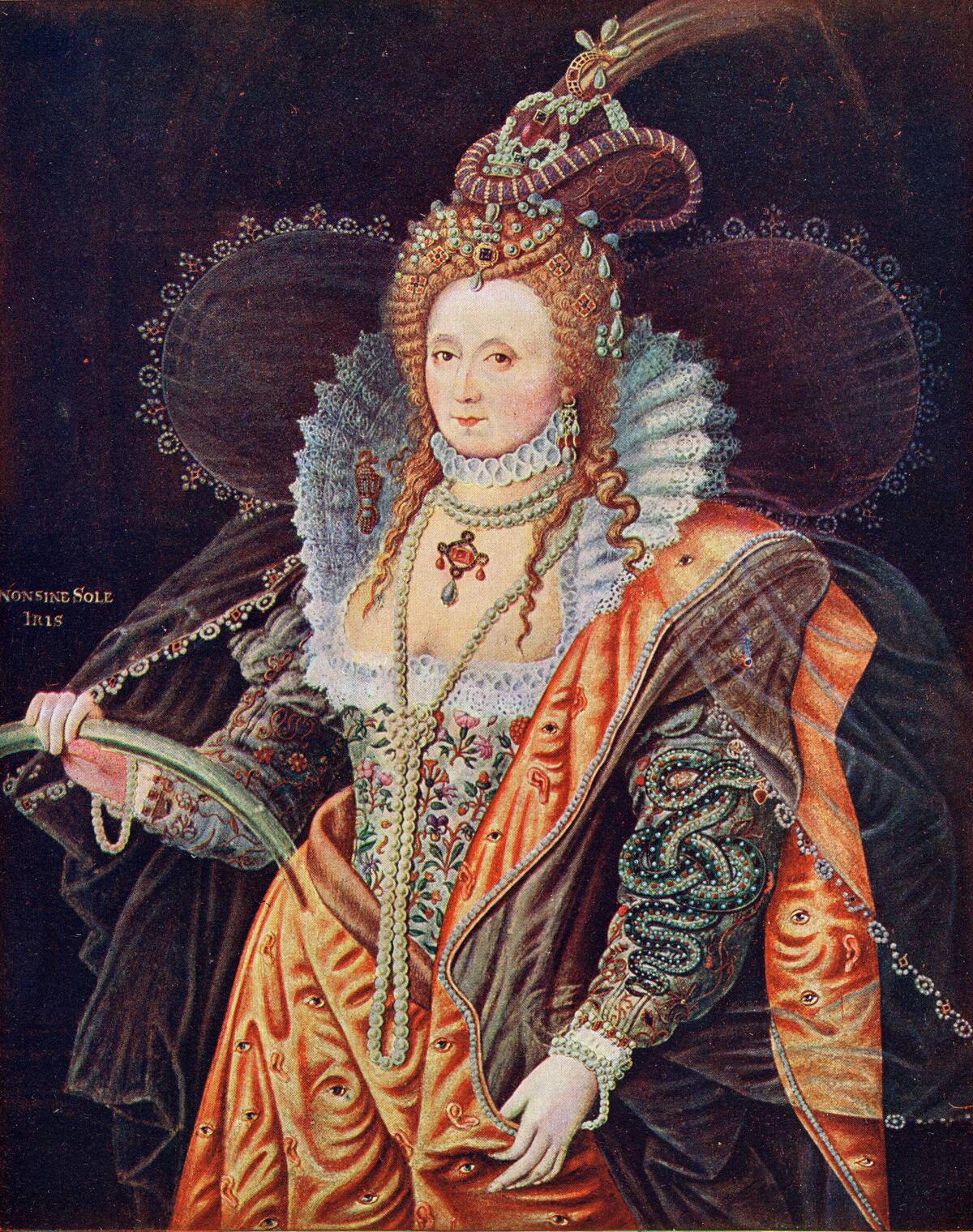
Throughout history, numerous queens have left an indelible mark on their nations and the world. Queen Elizabeth I of England, known as the ‘Virgin Queen,’ successfully navigated political and religious challenges during her reign, establishing England as a major European power. Cleopatra of Egypt, the last active ruler of the Ptolemaic Kingdom, was renowned for her intelligence and political acumen, influencing Roman politics through her alliances with Julius Caesar and Mark Antony. These influential queens, among others, have shaped the course of history, demonstrating the power and impact of female leadership in a male-dominated world.
Royal Marriages: Politics, Power, and Love
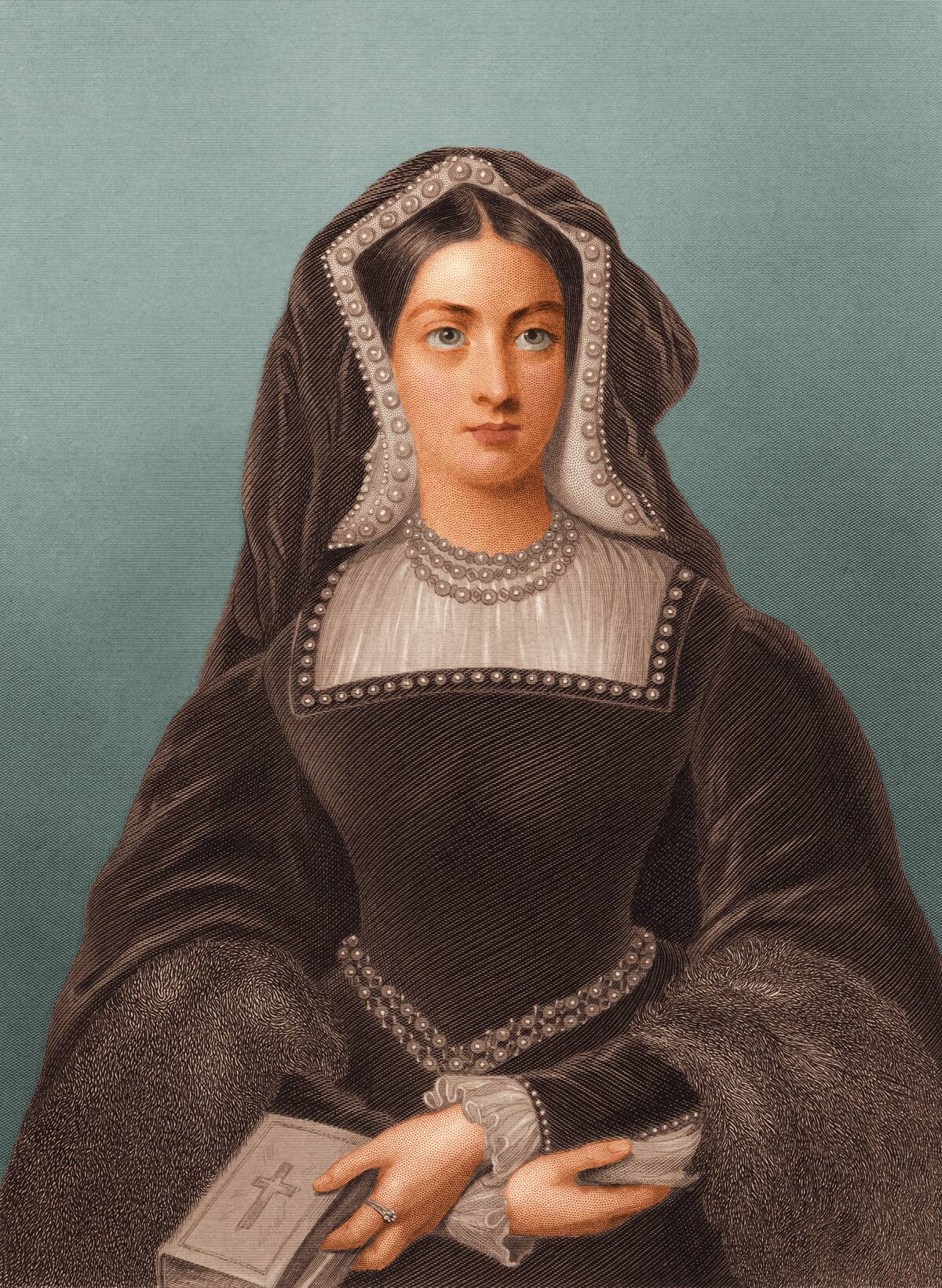
Royal marriages have often been more than just unions of love; they are strategic alliances that can shape the geopolitical landscape. The marriage of Ferdinand II of Aragon and Isabella I of Castile in 1469 united Spain, leading to the completion of the Reconquista and the funding of Christopher Columbus’s voyage to the New World. However, not all royal marriages were purely political. Queen Victoria and Prince Albert’s union is often cited as a rare royal love match, producing nine children and strengthening ties across European royal families. These marriages illustrate the complex interplay of love, power, and politics in royal unions.
The Royal Wardrobe: Fashion Fit for a King or Queen
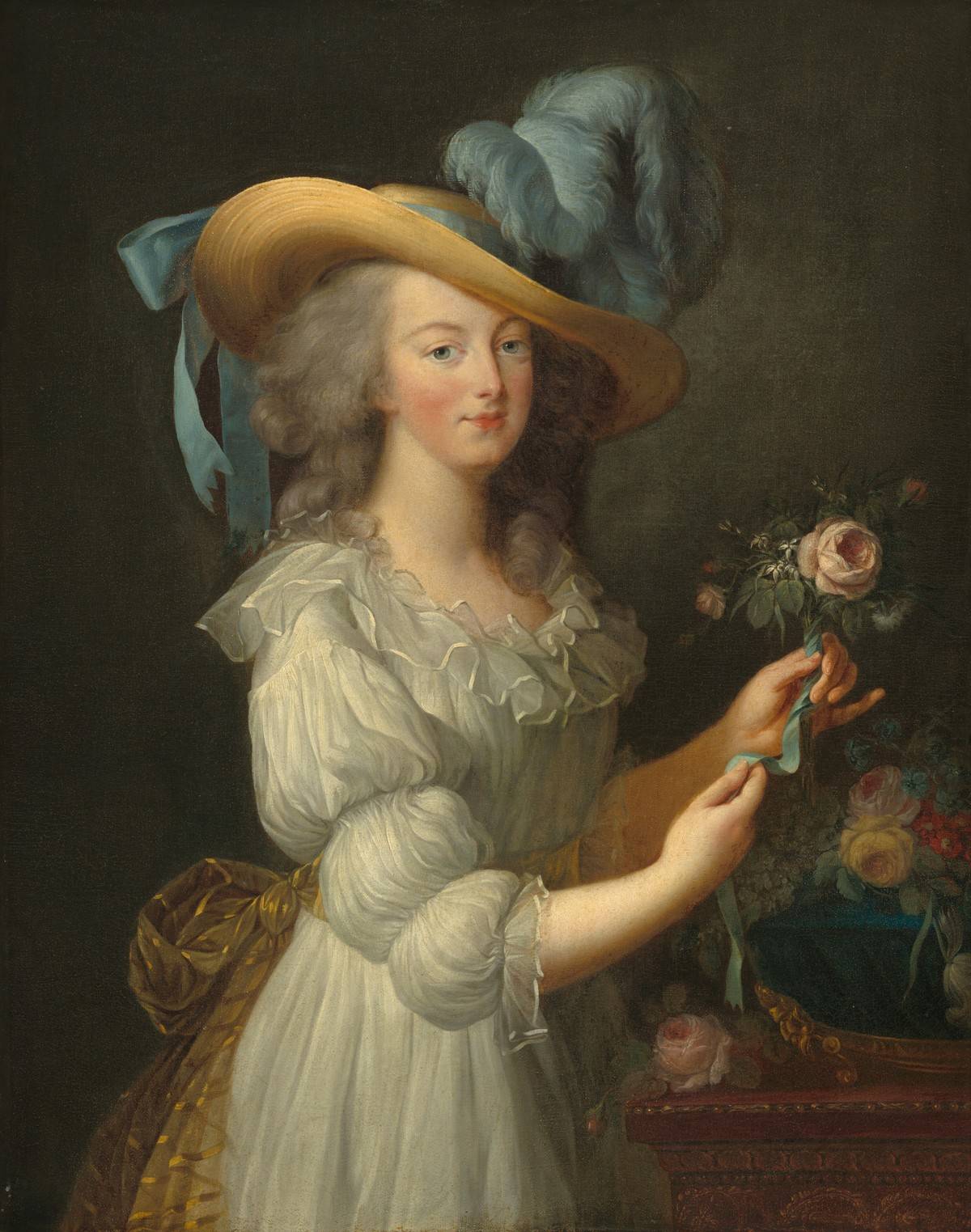
Royal fashion has long been a symbol of status, power, and influence. From the elaborate gowns of Marie Antoinette, which set trends across Europe, to the modern elegance of Kate Middleton, the Duchess of Cambridge, royal wardrobes continue to captivate and inspire. In the 16th century, Queen Elizabeth I’s wardrobe boasted hundreds of dresses, each an expression of her wealth and authority. Today, royals often use fashion to convey messages of diplomacy and cultural respect, showcasing the enduring power of style within the royal sphere.
Castles and Palaces: The Grand Residences of Royals
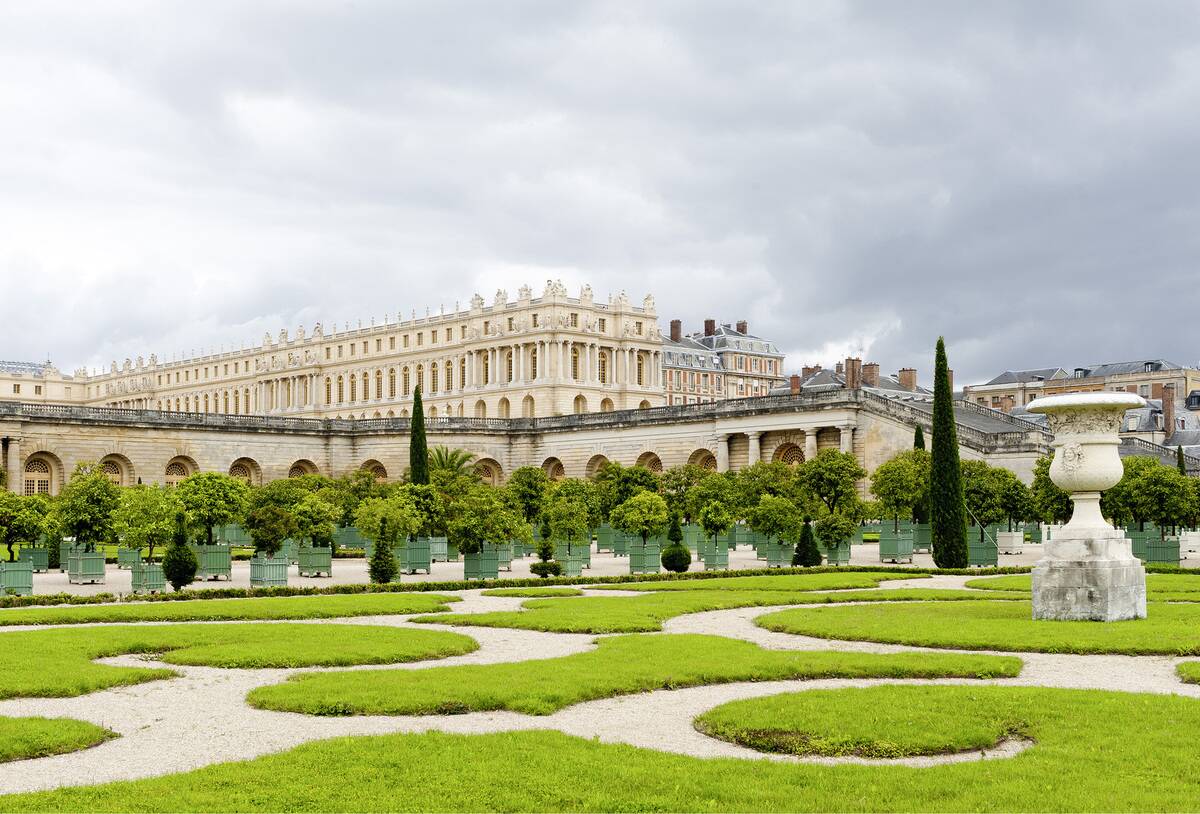
Castles and palaces have served as the magnificent residences of royals, embodying the wealth and power of their occupants. The Palace of Versailles, a symbol of the absolute monarchy of the Ancien Régime, is known for its opulent architecture and exquisite gardens. Across the channel, Windsor Castle stands as the oldest and largest occupied castle in the world, serving as a royal residence for over 900 years. These grand structures not only functioned as homes but also as political and cultural centers, reflecting the grandeur and prestige of their royal inhabitants.
The Role of the Royal Court: A Hub of Influence and Intrigue
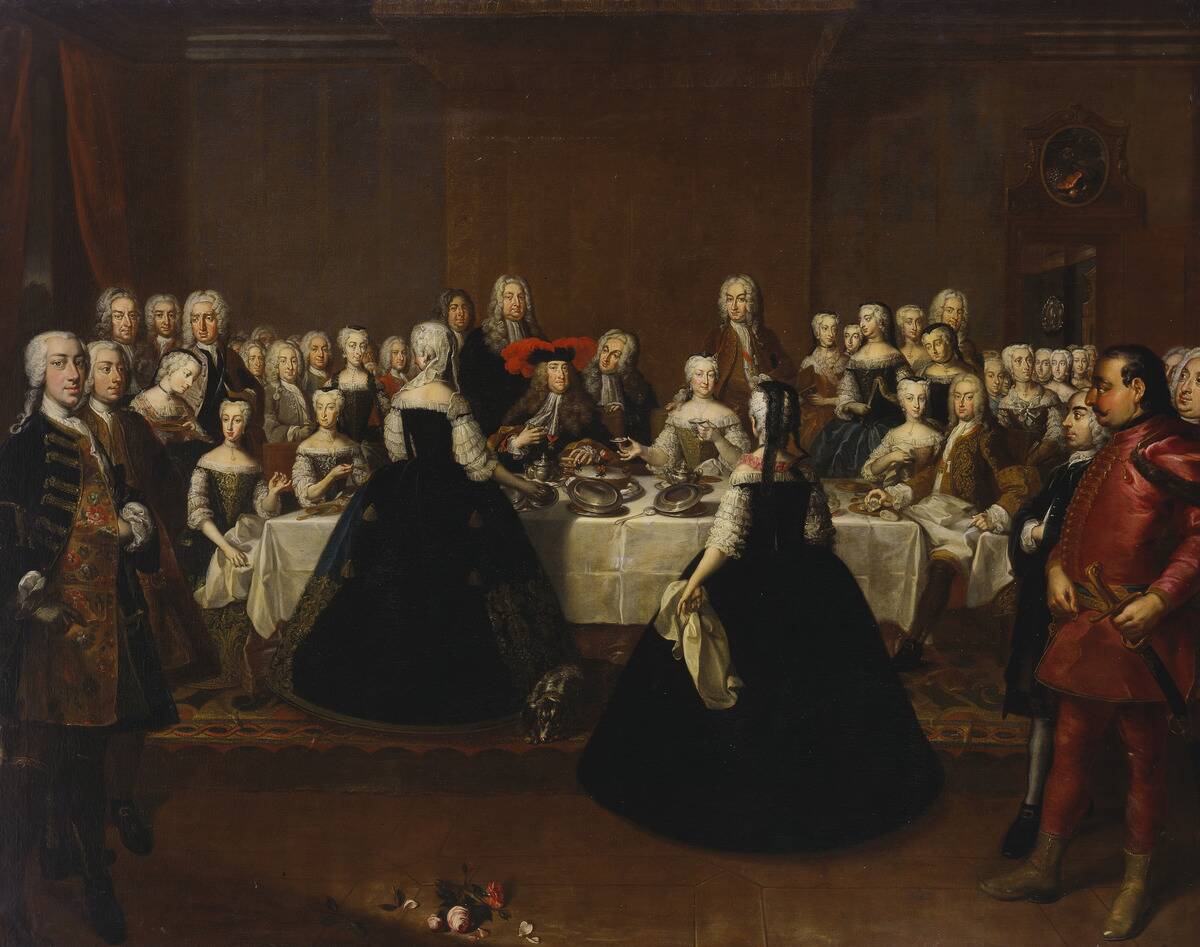
The royal court has historically been a center of power, intrigue, and influence, where nobles and courtiers vied for the favor of the monarch. In the French court of Louis XIV, known as the Sun King, the elaborate rituals and ceremonies were designed to reinforce the king’s absolute power and control over the nobility. Similarly, the Tudor court in England was a hotbed of political maneuvering, with figures like Thomas Cromwell and Anne Boleyn navigating the complexities of court life to rise to prominence. The court remains a symbol of the intricate dance of power within royal circles.
Intriguing Royal Traditions From Around the World
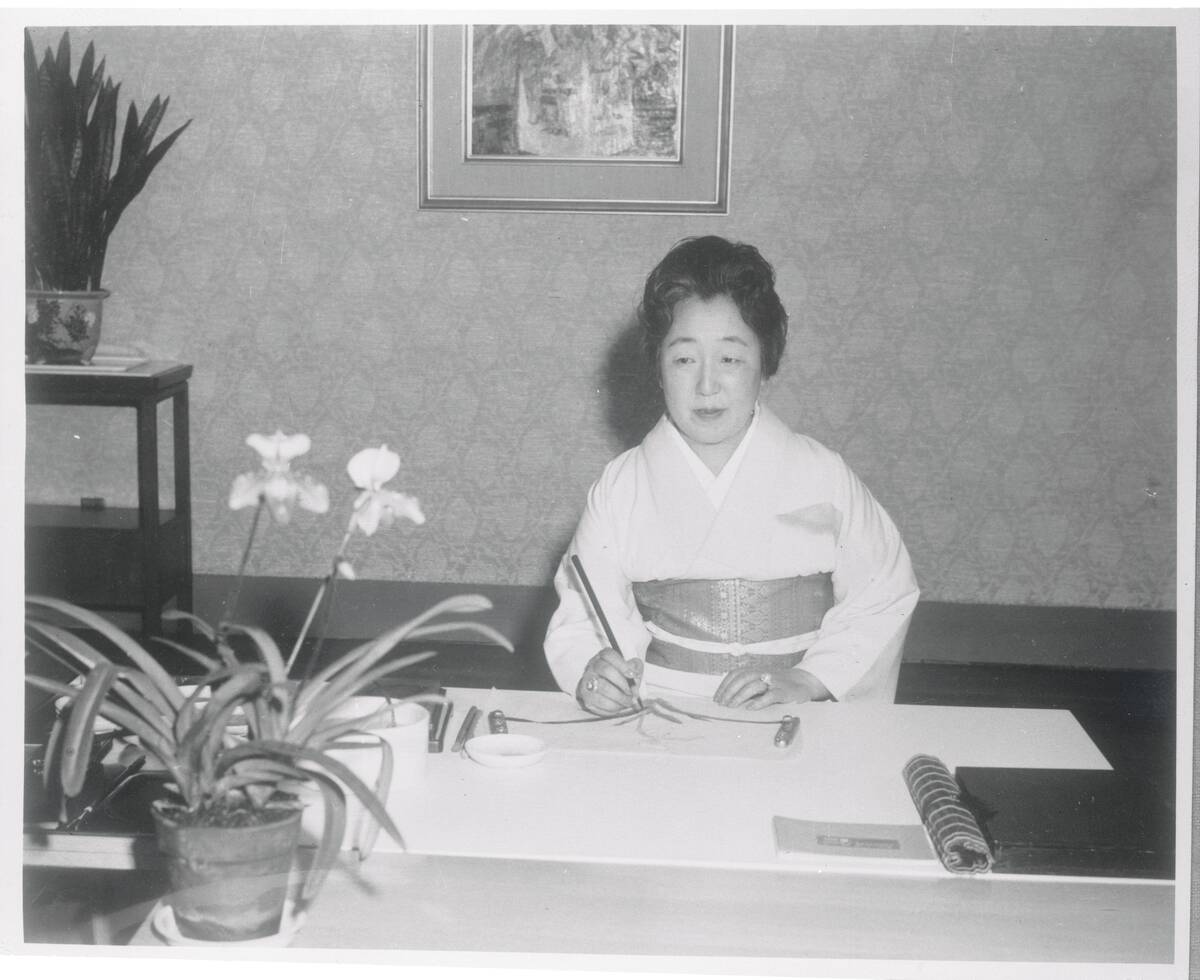
Royal traditions offer a fascinating glimpse into the cultural heritage of monarchies worldwide. In Japan, the centuries-old practice of the Daijōsai involves the emperor offering rice to the deities in a sacred ritual following their enthronement. Meanwhile, in the United Kingdom, the annual Trooping the Colour parade celebrates the official birthday of the sovereign, featuring a grand military display and a royal family balcony appearance. These traditions, steeped in history and symbolism, reflect the unique customs and identities of royal families across the globe.
The Longest-Reigning Monarchs in History
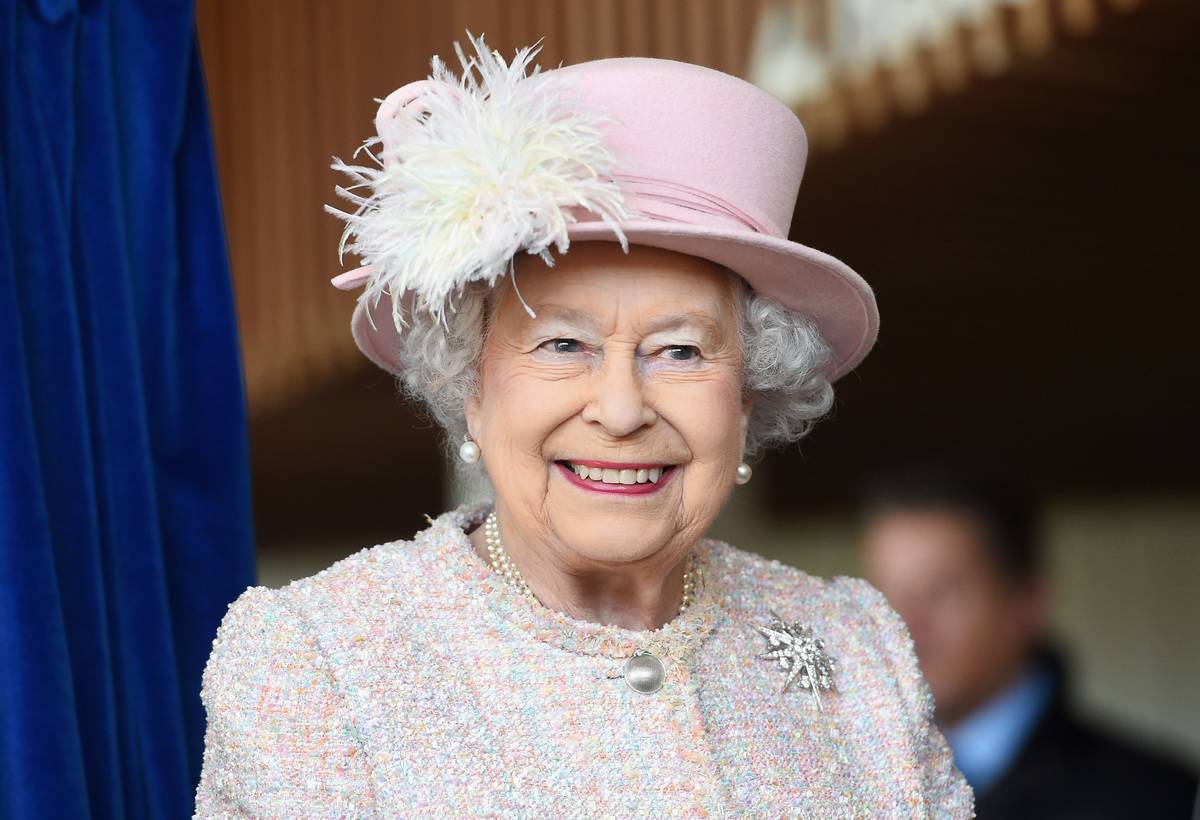
Throughout history, some monarchs have enjoyed remarkably long reigns, leaving lasting legacies. Louis XIV of France, known as the ‘Sun King,’ reigned for 72 years, transforming France into a dominant European power. More recently, Queen Elizabeth II became the longest-reigning British monarch, celebrating her Platinum Jubilee in 2022 after 70 years on the throne. These extended reigns provide stability and continuity, allowing monarchs to implement long-term policies and adapt to changing times. Such enduring tenures highlight the resilience and adaptability of these royal figures.
Famous Royal Abdications: When Kings and Queens Step Down
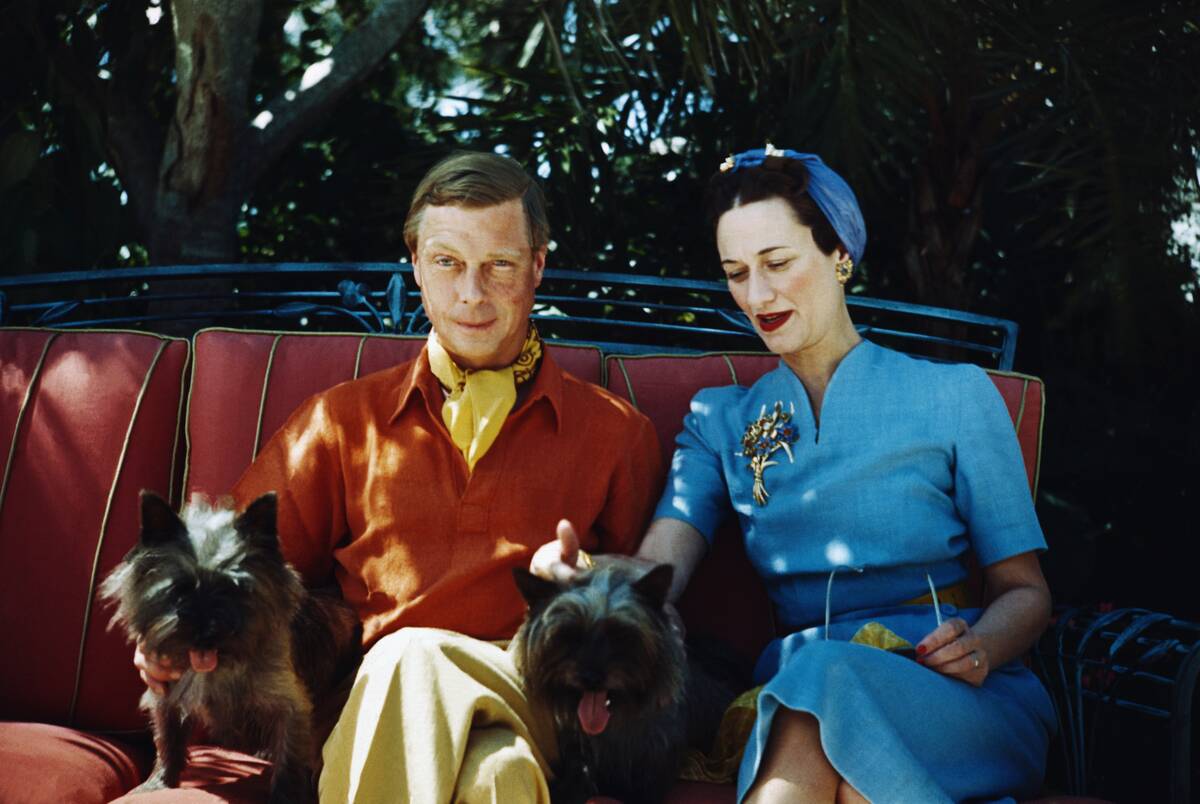
Royal abdications, though rare, have made headlines and stirred public intrigue. One of the most famous abdications in modern history occurred in 1936 when King Edward VIII of the United Kingdom stepped down to marry Wallis Simpson, an American divorcée, leading to his brother George VI taking the throne. In 2013, King Albert II of Belgium abdicated in favor of his son, citing health reasons and the need for younger leadership. These abdications often reflect the personal challenges faced by monarchs, balancing duty with personal desires and health considerations.
Stories of Royal Generosity: Philanthropy Among Monarchs
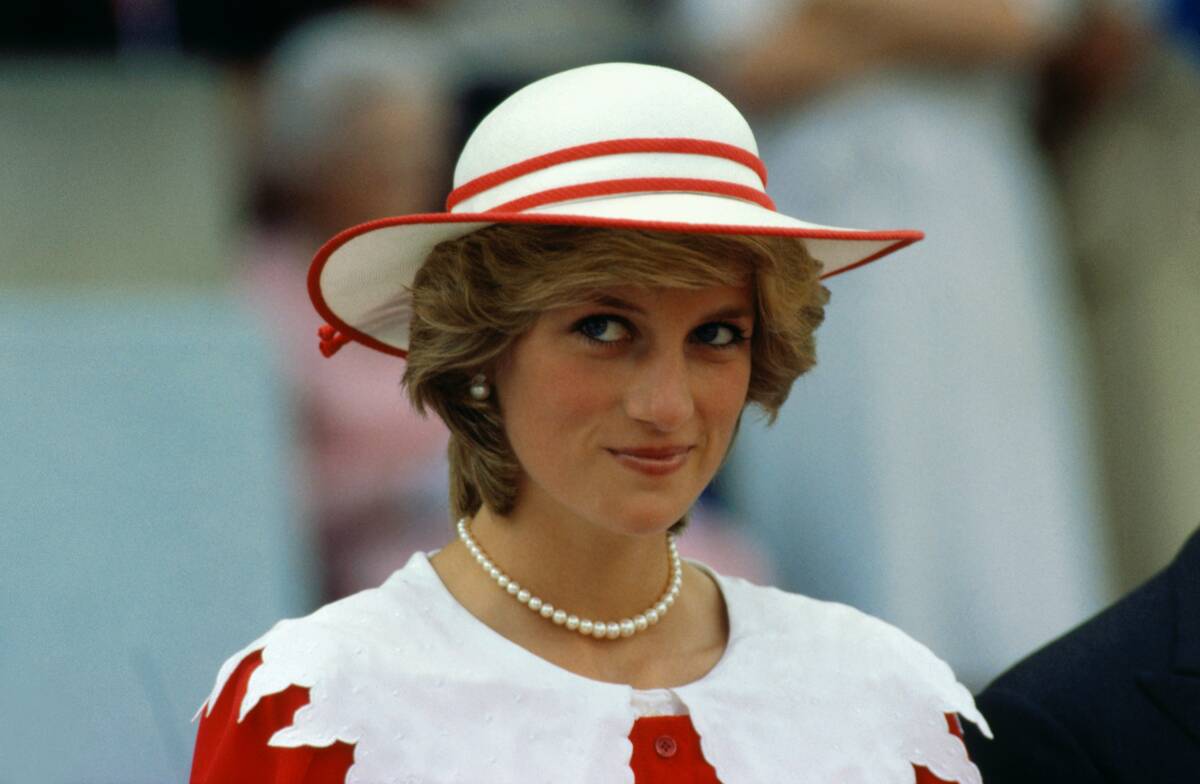
Many royals have engaged in philanthropy, using their influence to support charitable causes. Princess Diana, known as the ‘People’s Princess,’ tirelessly advocated for humanitarian issues, from landmine clearance to AIDS awareness, leaving a lasting impact. Queen Rania of Jordan champions education and women’s rights through her foundation, striving to improve lives in her country. These acts of generosity demonstrate the potential for royals to effect positive change, leveraging their unique positions to raise awareness and support for critical global issues.
The Modern Monarchies: How Royal Families Have Evolved
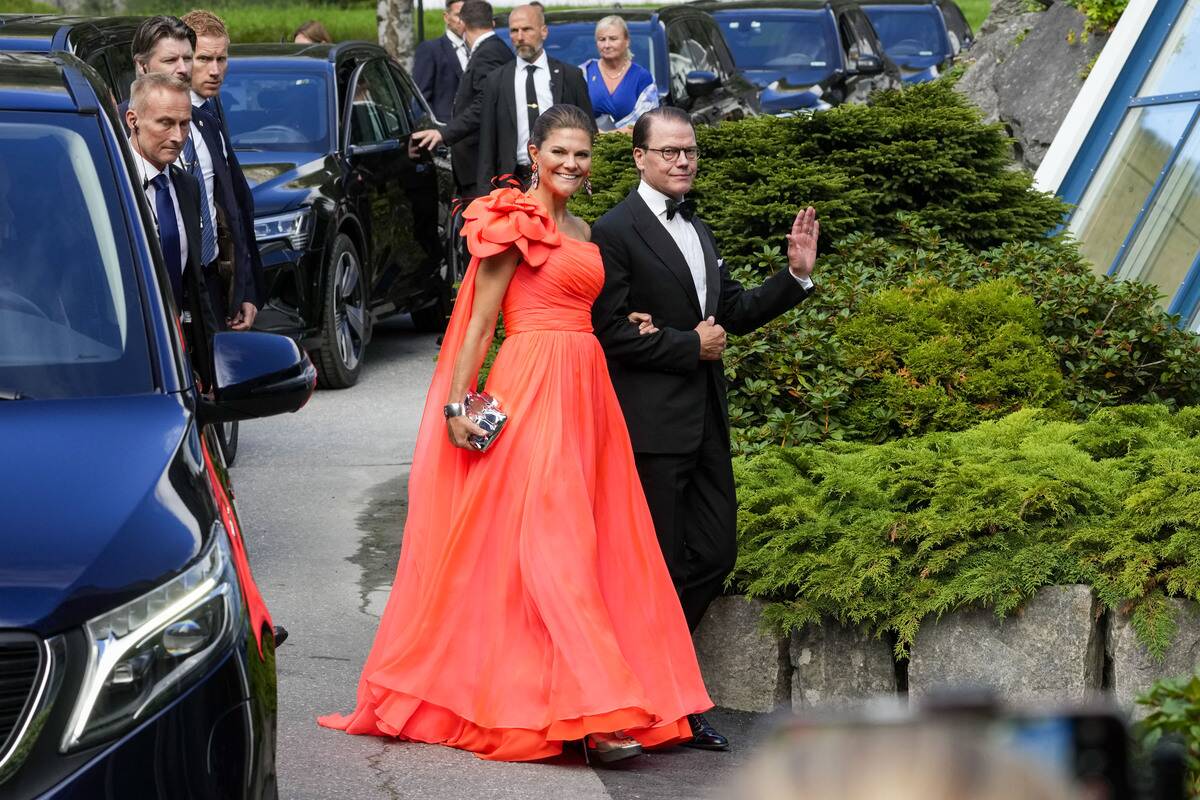
In today’s world, monarchies have evolved to reflect contemporary values and societal changes. Many European monarchies, like those in Sweden and the Netherlands, have embraced constitutional roles, focusing on ceremonial duties while parliaments govern. The British monarchy, under Queen Elizabeth II, modernized by engaging with the public through media and social events. Additionally, younger royals like Prince William have championed mental health and environmental causes, connecting with younger generations. These adaptations ensure the relevance and survival of monarchies in the modern era.
Royal Pets: The Beloved Animals of Kings and Queens
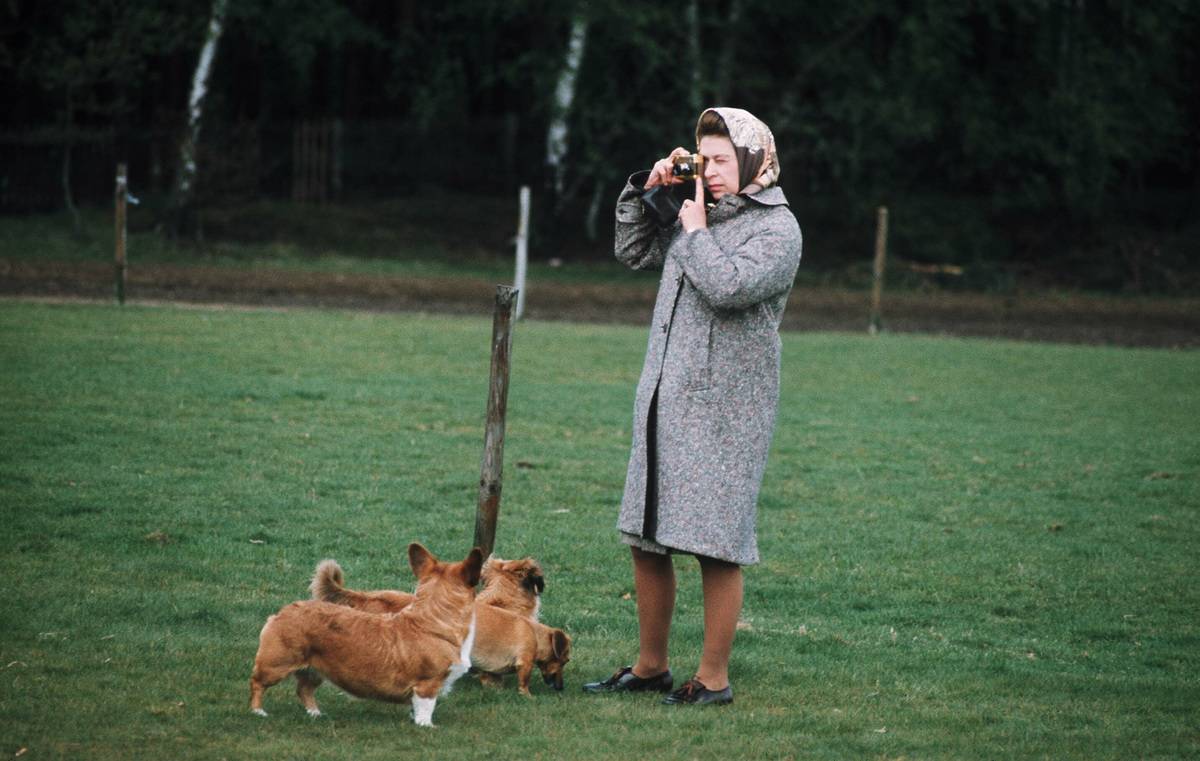
Royal families have long shared their lives with beloved pets, often considered members of the royal household. Queen Elizabeth II famously adored her corgis, owning more than 30 during her reign, each with a distinct personality and treated as part of the family. In France, King Louis XIV’s Great Pyrenees dogs accompanied him everywhere, even to court. These royal pets provide companionship and comfort to their regal owners, reflecting the universal bond between humans and animals, regardless of status or title.
Unusual Royal Titles and Their Meanings
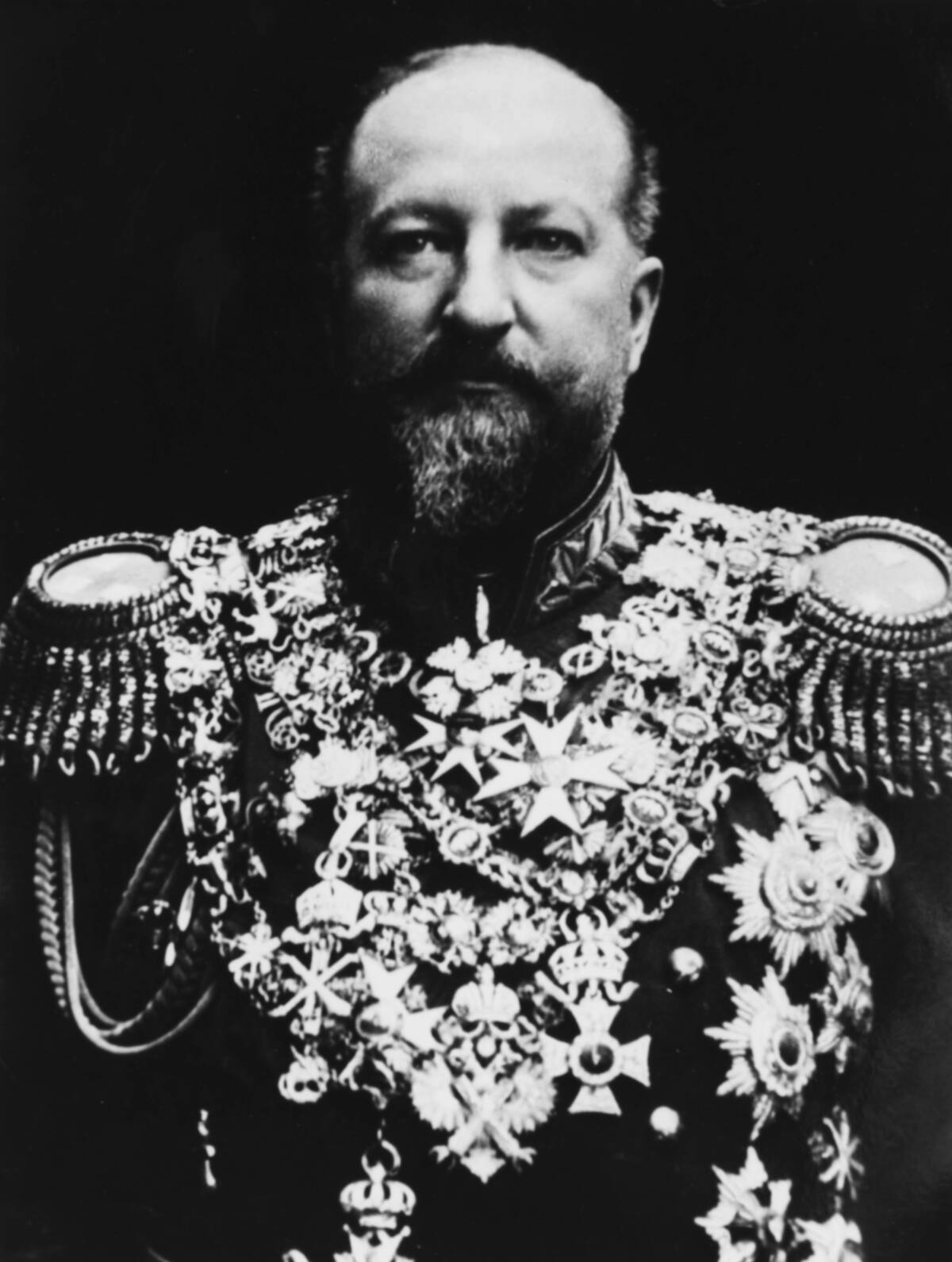
Royal titles often come with fascinating histories and meanings, reflecting the cultural heritage of their origins. The title ‘Tsar,’ used by Russian emperors, derives from the Latin ‘Caesar,’ signifying a ruler of immense power. In Thailand, the title ‘Chao Fa’ translates to ‘Prince of the Sky,’ emphasizing the divine aspect of royal authority. Meanwhile, the British title ‘Prince of Wales’ has been traditionally granted to the heir apparent since the 13th century, symbolizing the unity between England and Wales. These unique titles offer a window into the traditions and values of different royal dynasties.
The Role of Royalty in Art and Literature
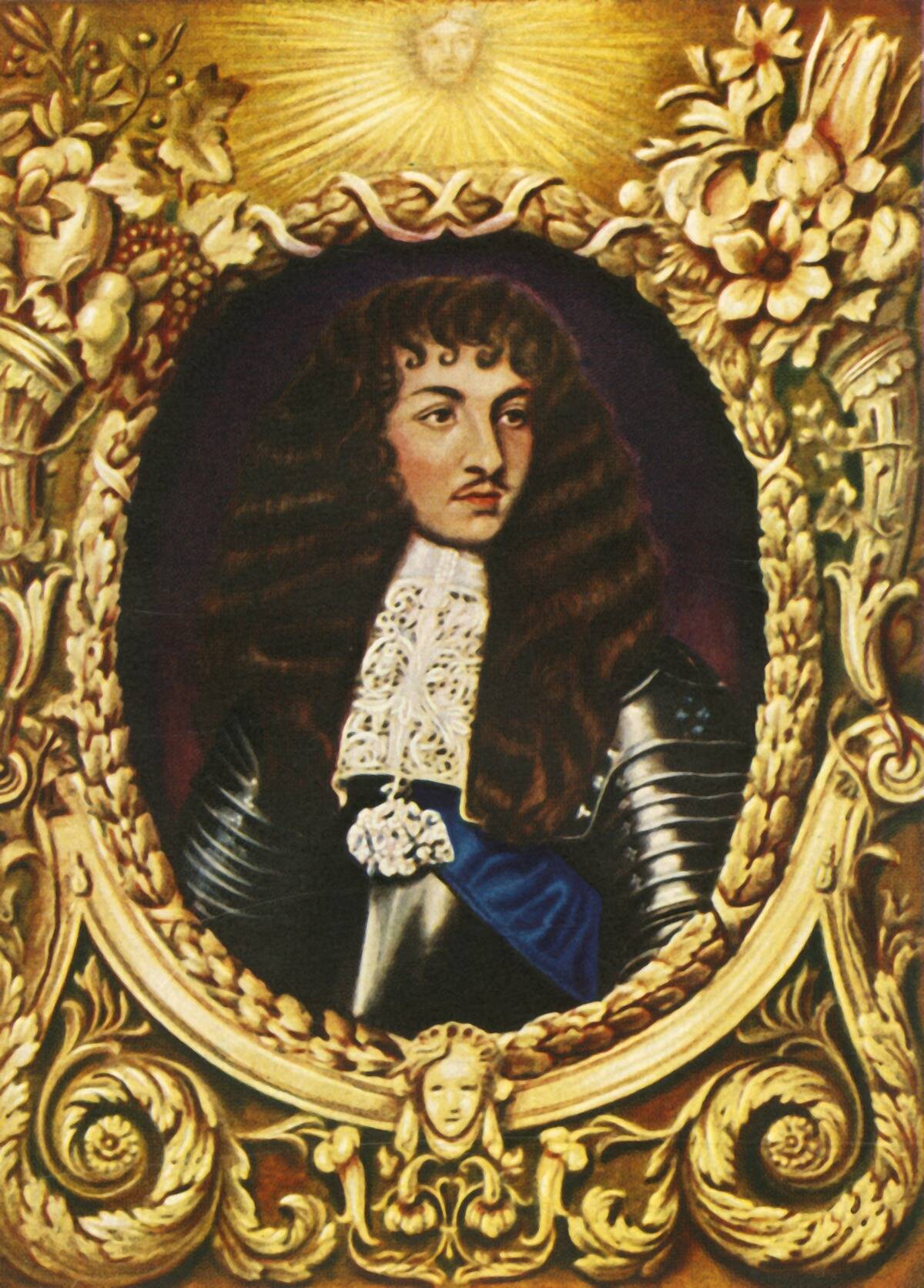
Royalty has long inspired art and literature, serving as muses for countless works. Shakespeare’s plays, such as ‘Macbeth’ and ‘Henry V,’ explore the complexities of power and leadership, drawing on royal figures for dramatic effect. In visual arts, portraits of monarchs like King Louis XIV by artists such as Hyacinthe Rigaud have immortalized their grandeur and influence. These artistic expressions not only celebrate royal figures but also critique and explore the human condition, highlighting the enduring impact of royalty on cultural creation and storytelling.
Royal Family Feuds: When Blood Isn’t Thicker Than Water
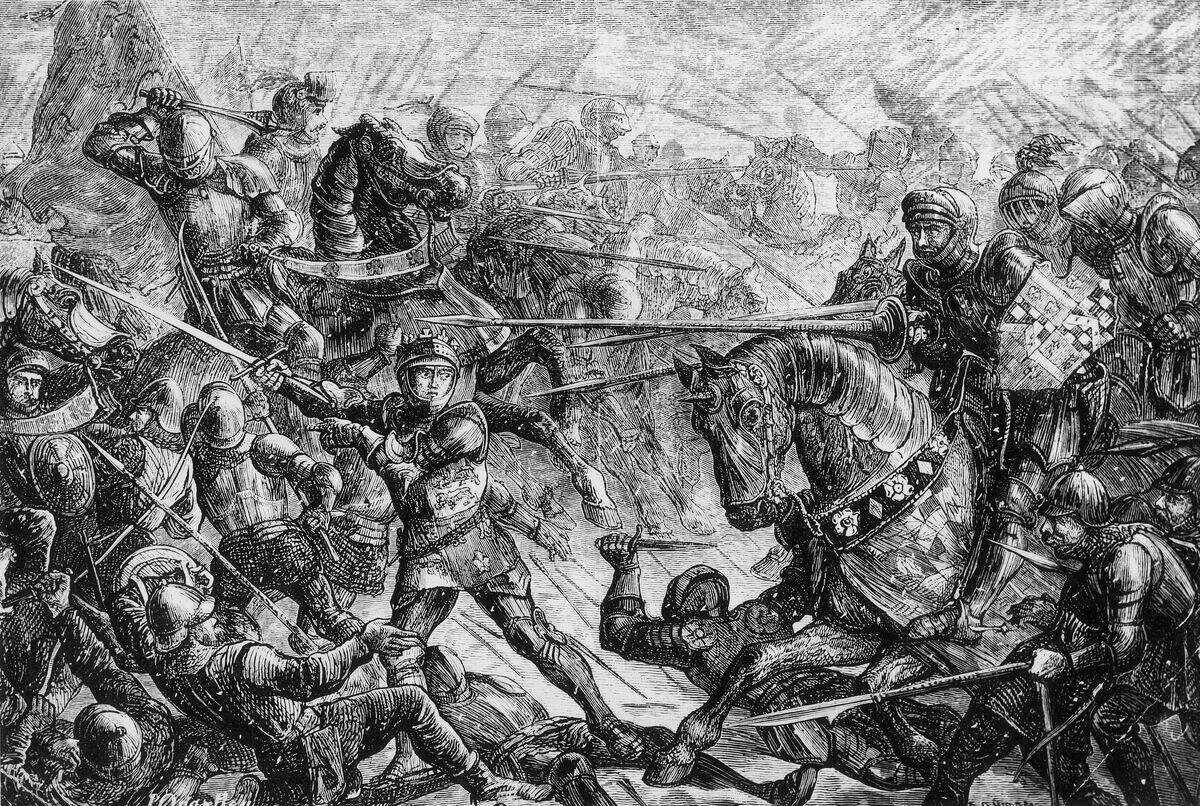
Royal family feuds have often captivated the public, revealing the personal conflicts beneath the polished surface of monarchy. The War of the Roses in 15th-century England saw the houses of Lancaster and York, both branches of the Plantagenet family, battle for the throne in a series of bloody conflicts. In modern times, tensions within the British royal family, highlighted by Prince Harry and Meghan Markle’s departure from royal duties, have generated intense media scrutiny. These feuds remind us that even the most illustrious families face internal struggles, fueled by ambition and personal grievances.
The Future of Monarchies: What Lies Ahead for Royal Families
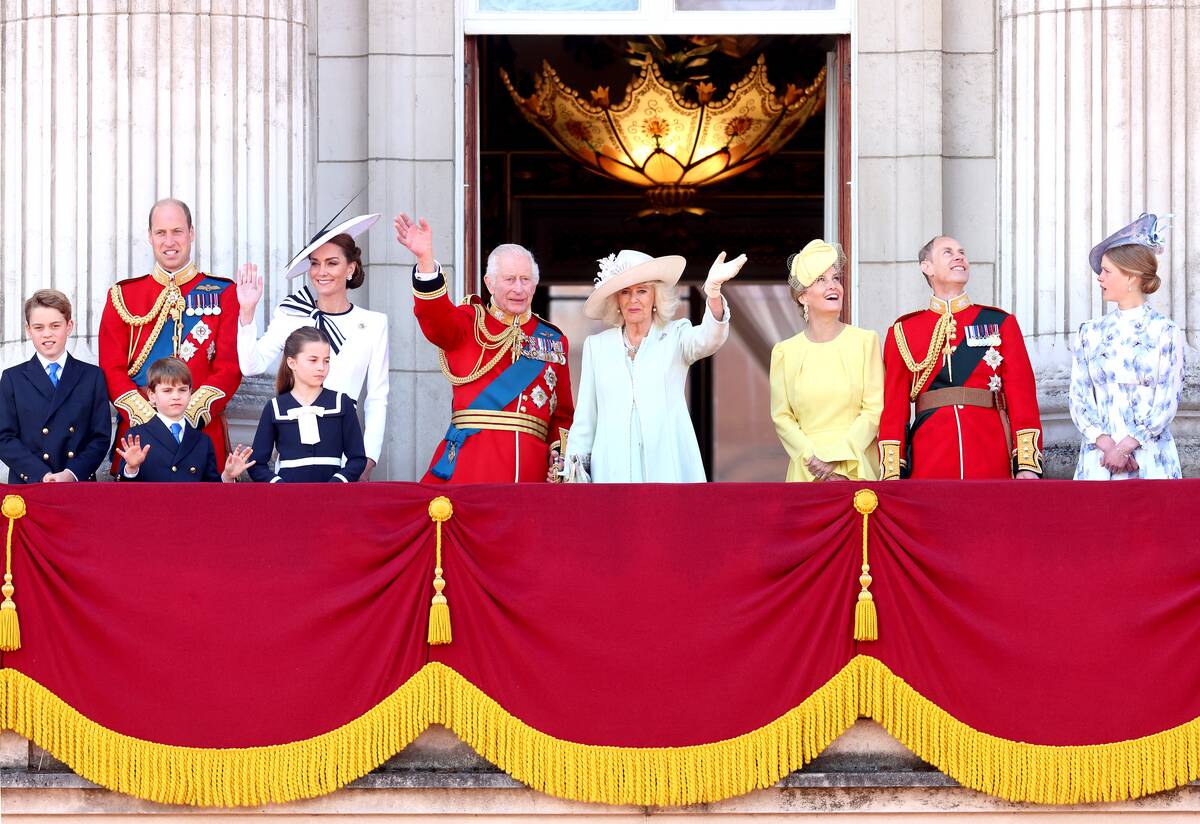
The future of monarchies is a topic of much debate, as they navigate the challenges of a rapidly changing world. Some argue that monarchies must continue to modernize, embracing transparency and public engagement to remain relevant. Others question the necessity of royal institutions altogether, advocating for republicanism. However, many monarchies have shown resilience, adapting to contemporary expectations while preserving tradition. As the world evolves, royal families will likely continue to find new ways to balance their historical legacy with the demands of a modern society, ensuring their survival and influence in the years to come.



